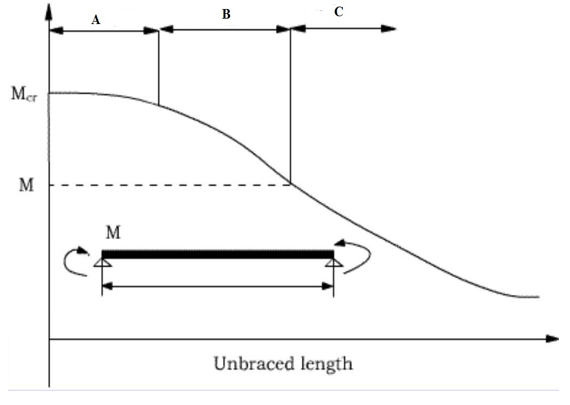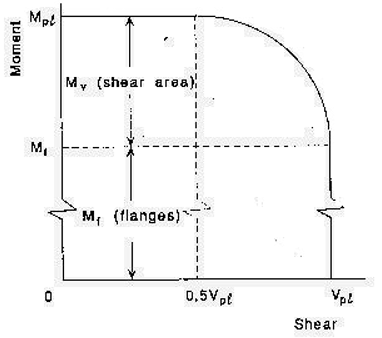This set of Design of RC Structures Multiple Choice Questions & Answers (MCQs) focuses on “Doubly Reinforced Beams – Steel Beam Theory”.
1. Which statement is true for steel beam theory?
a) Tension is resisted by tension steel
b) Tension is resisted by compression steel
c) No tension is resisted by tension steel
d) Stress is developed in compression concrete
View Answer
Explanation: Steel beam theory is similar to concrete theory so all the tension is resisted in tension steel.
2. What is the thickness of flange of a T beam?
a) Width of the web
b) Thickness of the web
c) Thickness of concrete topping
d) Twice of web
View Answer
Explanation: Thickness of the T beam is equal to the concrete topping as the flange is just made of concrete in a T beam.
3. What will be the air content of the soil if the degree of saturation is 60%?
a) 60%
b) 50%
c) 40%
d) 30%
View Answer
Explanation: Air content = Full vol – degree of saturation
= 100-60 = 40%
4. Relative density of a compacted dense sand is approximately equal to _____
a) 0.4
b) 0.6
c) 0.95
d) 1.20
View Answer
Explanation: According to code of Indian Standards, the Relative density of compacted dense sand is about 0.95.
5. Following is the curve of beam buckling behavior. In what range does the distance B lies?

a) Elastic Range
b) Plastic Range
c) Semi Plastic Range
d) Inelastic Range
View Answer
Explanation: During this range, the beam does not show any elastic range as there is a chance of failure so the range is inelastic range.
6. What types of beams are failed by flexural yielding?
a) Which are laterally shift
b) Which are not laterally supported
c) Beams have much greater strength and stiffness
d) Non-compact sections.
View Answer
Explanation: The beams which are laterally shift are failed by flexural yielding because they don’t have capacity to withstand the load of the structure. The yielding occurs and they don’t have any support on the lateral.
7. What do we understand by the following graph?

a) Flexural member performance using section classification
b) Interaction of high shear and bending moment
c) Shear lag effects
d) Beam buckling behavior
View Answer
Explanation: A compact beam is shown in the curve. The member M attains plasticity and it fails due to it when the load is more from its bearing capacity.
8. Under increasing transverse loads, a beam should attain its ____ moment capacity.
a) Full plastic
b) Full Elastic
c) Fractured
d) Undefined
View Answer
Explanation: To achieve the condition of an ideal beam, we make two assumptions which are mentioned below:
• The flange of the beam moves laterally
• No buckling is allowed and it is restrained.
9. If the section is symmetric only about the weak axis (bending plane), its load carrying capacity is less than doubly symmetric sections.
a) True
b) False
View Answer
Explanation: The torque component balances due to compressive strength.
10. What is the correct formula for internal shear stress?
a) τ = V.Q / I.t
b) τ = I.t / V.Q
c) τ = V.Q
d) V = I.t
View Answer
Explanation: Where V = shear force at the section
I = moment of inertia of the entire cross section about the neutral axis
Q = moment about neutral axis of the area that is beyond the fiber at which τ is calculated and
‘t’ is the thickness of the portion at which τ is calculated.
Sanfoundry Global Education & Learning Series – Design of RC Structures
To practice all areas of Design of RC Structures, here is complete set of 1000+ Multiple Choice Questions and Answers.
If you find a mistake in question / option / answer, kindly take a screenshot and email to [email protected]
